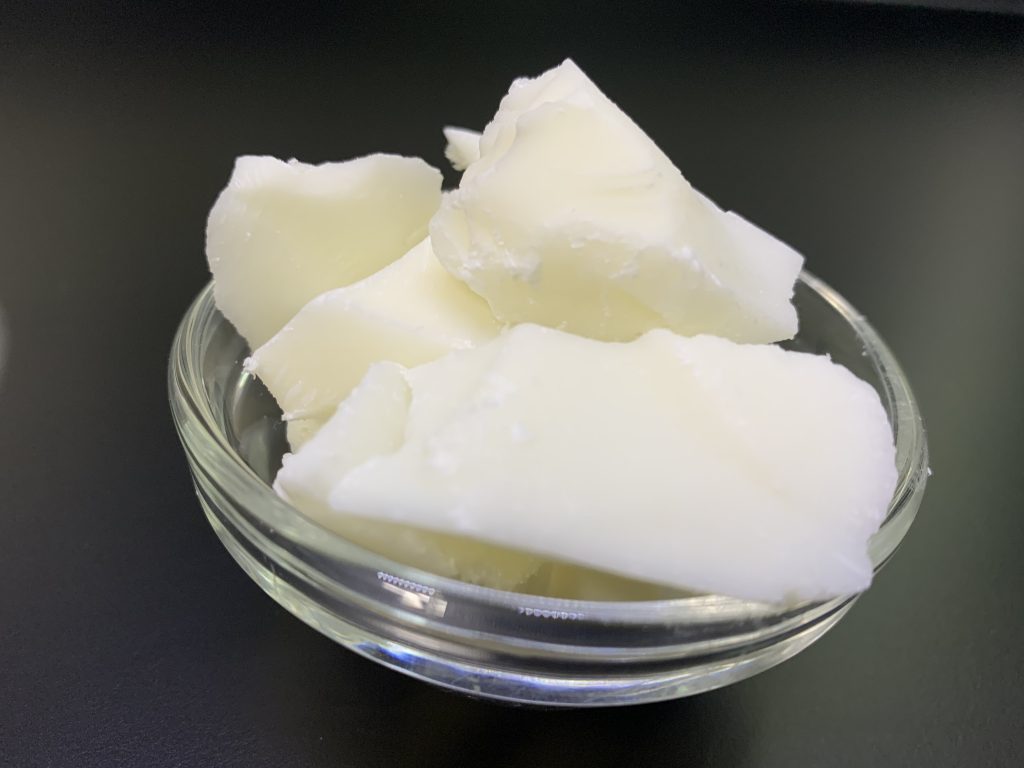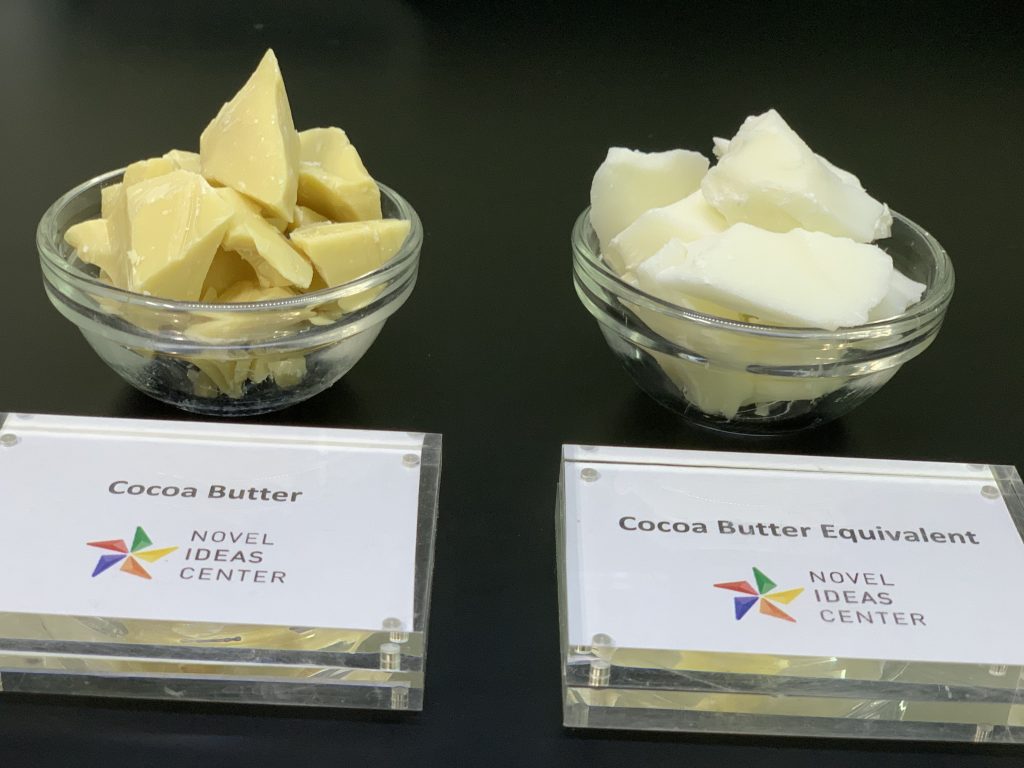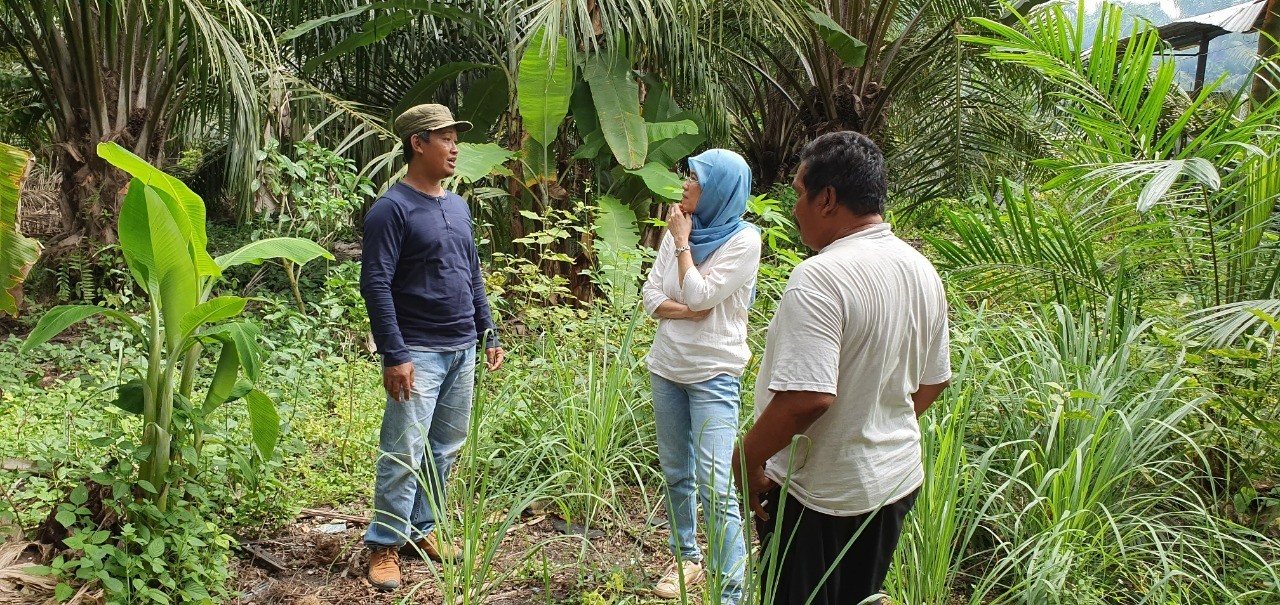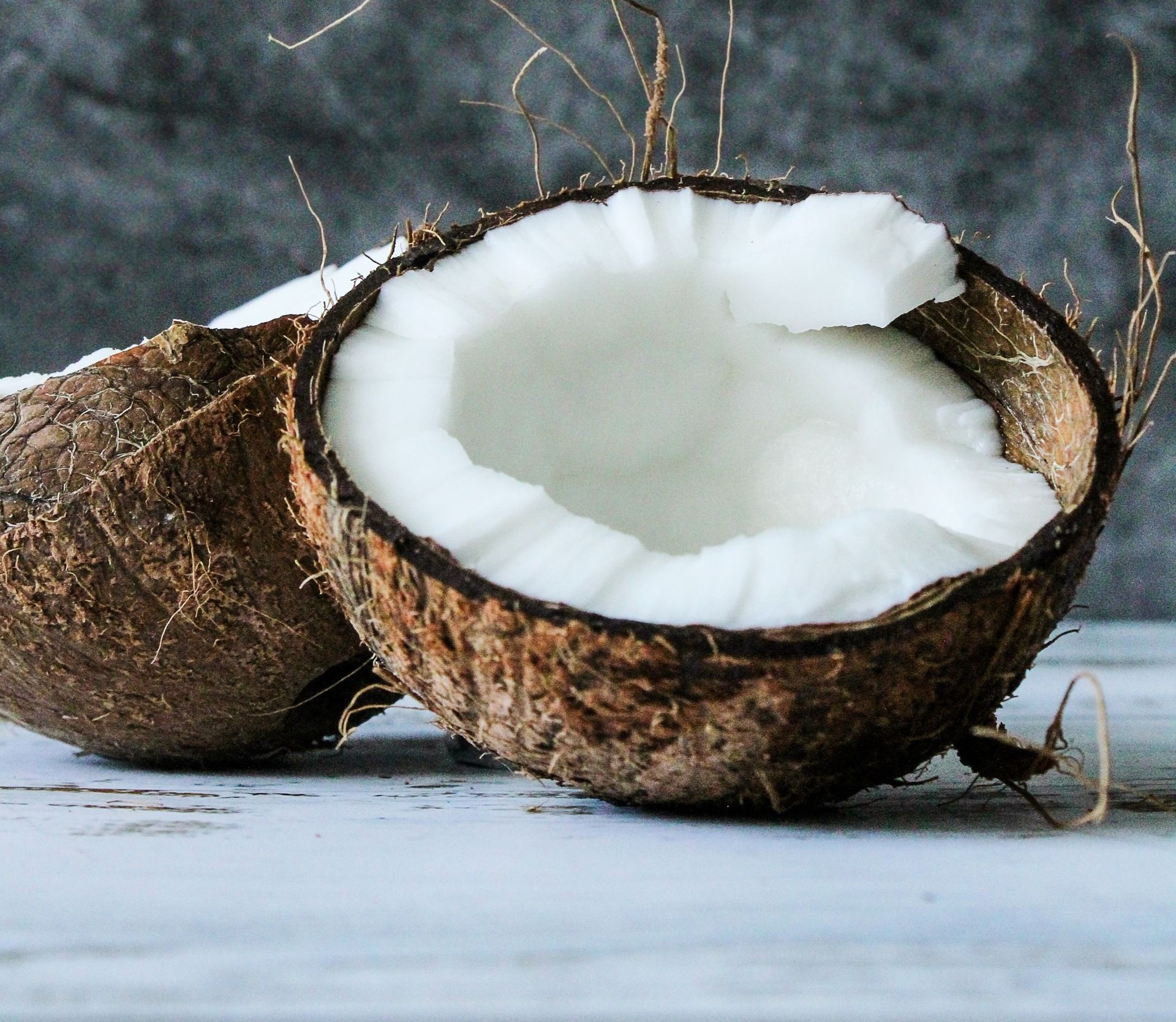Consumer expenditure on indulgence products has increased globally, especially in developing countries. The appetite for pampering products in the pandemic era, portends potential growth in demand for chocolate.
However, fluctuating crop prices, especially in cocoa, and the need to improve the texture of the chocolate consumed in tropical climates have prompted more innovation in the use of Cocoa Butter Alternatives.
Cocoa Butter is one of the significant ingredients in chocolate and cocoa-based confectionery products. It is solid at room temperature, giving the required glossiness, hardness, and snap. Good chocolate melts in the mouth, fulfilling an essential sensory association.
Patrick Leong, Group Technical Support Senior Manager, says, “Palm oil and its fractions offer a wide spectrum of opportunities for the development of Cocoa Butter Alternatives. This has inspired us to continue our research to replace cocoa butter in chocolate using palm oil fractions.”
“Our CBE Choco is an ideal replacement for cocoa butter in chocolate. It is a Cocoa Butter Equivalent (CBE) made from a blend of palm oil and specially selected exotic fats, created without hydrogenation (trans-fat-free), and fractionated to resemble cocoa butter’s exact properties. CBE Choco is rich in 2-oleo-disaturated triglycerides. It also meets one of the main criteria for a CBE, by being miscible in any proportion and 100% compatible with cocoa butter to maintain the hardness and sensory properties of chocolates.”

Under the European Union (EU)’s regulation (Directive 2000/36/EC), the regulation allows up to 5% of Cocoa Butter Equivalents as an alternative to Cocoa Butter in chocolate. As a result, palm oil use in chocolate has increased dramatically in the EU, with many countries globally following suit. As the alternative has been proven to be similiar to Cocoa Butter, it is also commonly used in countries where more than 5% or full replacement is permitted.
Unlike standard Cocoa Butter, new CBEs can be developed to meet different melting profiles, creating new possibilities for the market to explore.
A blend of palm oil and five other exotic fats (EU regulations permit the use of shea, kokum, illipe, mango kernel, and sal) are generally used as components for CBEs. The latter are classed as exotic because the fat is obtained from the seeds or nuts of trees grown in the tropical wilderness. Therefore, one of the challenges to relying on exotic fats is the supply volatility from the sources of origin.

Our research and development teams have recently developed a new CBE, based on improved palm oil fractions, without using any exotic fat. What does our innovative exotic fat-free CBEs mean for the industry? Patrick shares, “Beyond further cost-saving opportunities, sustainable supply and reliability, our end product is trans fat free and has no considerable difference in tastes or sensorial properties than CBEs using exotic fats. Our work also offers good compatibility to cocoa butter compared to previous palm oil fractions.”









